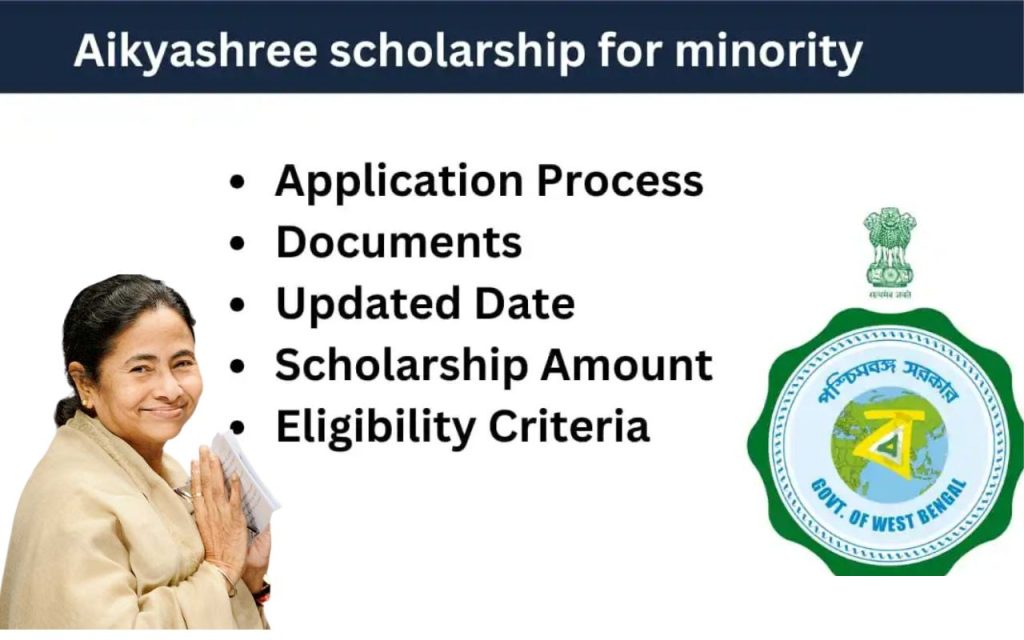The apegs competency assessment process is a critical step for engineers and geoscientists who wish to demonstrate their qualifications and readiness for professional licensure. A well-prepared APEGS Report can make the difference between a successful evaluation and a request for revisions. One of the most important aspects of this process is writing clear, detailed, and impactful competency examples that highlight professional growth and practical expertise.
This guide provides a structured approach to developing high-quality examples that align with the expectations of reviewers, ensuring your submission leaves a strong impression.
Understanding the Role of Competency Examples
Competency examples serve as the evidence that proves your technical and professional skills. In the apegs competency assessment, reviewers are not simply looking for job descriptions; they want to see how you applied engineering knowledge, demonstrated leadership, managed risks, and solved complex problems.
Why Examples Are Essential
Examples are not just stories. They are structured narratives that show you meet the required professional standards. Without strong examples, even a technically skilled professional may fail to demonstrate the competencies expected by reviewers.
The Link Between Examples and the APEGS Report
Your APEGS Report is built around competency categories. Each example must align with these categories while showcasing measurable outcomes. This connection ensures your report reflects the depth and breadth of your experience.
Key Principles of Crafting Strong Examples
Developing impactful examples requires clarity, relevance, and evidence. Reviewers expect detailed, specific situations that demonstrate your ability to apply engineering principles responsibly.
Focus on Relevance
Your examples must directly connect to the competency being assessed. Irrelevant details weaken the strength of your submission and can create confusion. Always ask yourself: Does this example prove competency?
Highlight Action and Impact
The strongest examples emphasize what you did and the outcomes of your actions. Rather than describing tasks, explain your role, decisions, and the positive results that followed.
Use a Structured Approach
An effective method is to apply the STAR technique (Situation, Task, Action, Result). This structure helps you tell a clear and concise story while ensuring that each part of the example contributes to the competency.
Structuring Examples with the STAR Method
The STAR framework is widely recommended because it organizes information in a logical flow.
Situation
Begin by describing the project or context. Reviewers need to understand the scope and relevance. Keep this part brief but informative.
Task
Clarify your responsibility in the situation. This step ensures the reviewer sees your personal role rather than the overall team activity.
Action
Provide detailed explanations of the steps you took, the reasoning behind your decisions, and how you applied engineering or geoscience principles. This section is often the most detailed because it demonstrates your professional competence.
Result
Conclude with the measurable outcomes of your actions. Results could include cost savings, safety improvements, efficiency gains, or compliance achievements. Highlighting the positive impact strengthens the example.
Tailoring Examples to Different Competency Categories
The apegs competency assessment covers a broad range of competencies, from technical application to professional accountability. Each example should be carefully tailored to fit the category requirements.
Technical Competence
For technical categories, focus on problem-solving, analysis, and design. Show how you applied theoretical knowledge to practical challenges.
Communication
When addressing communication competencies, highlight situations where you presented complex information clearly, collaborated with diverse teams, or managed stakeholder expectations.
Professional Accountability
Examples in this category should show ethical decision-making, responsibility for safety, and commitment to high standards.
Leadership and Teamwork
Demonstrate how you guided teams, mentored colleagues, or influenced project outcomes through collaboration and leadership.
Common Mistakes to Avoid in Examples
While writing competency examples, many applicants fall into avoidable errors. Being aware of these mistakes helps strengthen your APEGS Report.
Overgeneralizing
Avoid vague descriptions like “I worked on a project.” Instead, provide specific details about the project scope, your role, and outcomes.
Overemphasizing Team Efforts
While teamwork is important, reviewers must evaluate your individual contributions. Clearly separate your role from the overall group activity.
Ignoring Measurable Outcomes
Examples without results lack impact. Always include data, performance improvements, or achievements to demonstrate effectiveness.
Writing Too Briefly
Short or incomplete examples may suggest insufficient experience. Aim for thorough descriptions that balance detail with clarity.
Demonstrating Depth and Breadth in Your Examples
Impactful examples are not only about showing what you did but also about illustrating the range of your competencies.
Showing Growth Across Different Experiences
Choose examples from various projects to highlight adaptability and professional development. This variety proves you can apply knowledge in multiple contexts.
Reflecting on Challenges and Solutions
Reviewers appreciate examples that include challenges. By describing obstacles and how you overcame them, you show resilience and problem-solving ability.
Balancing Technical and Non-Technical Competencies
Your APEGS Report should not lean too heavily on technical skills. Communication, leadership, and accountability examples are equally valuable.
Strategies to Make Examples Stand Out
Crafting impactful examples requires more than just technical accuracy. Reviewers often encounter many submissions, so your examples must capture attention.
Use Clear, Concise Language
Avoid jargon or overly complex explanations. Simplicity and clarity improve readability and make your skills more evident.
Incorporate Quantifiable Evidence
Numbers and metrics make your examples stronger. For instance, “reduced project delays by 15%” is more powerful than “improved project efficiency.”
Emphasize Personal Learning
Show that you not only delivered results but also gained valuable insights. This demonstrates continuous professional growth.
Aligning Examples with Reviewers’ Expectations
Understanding what reviewers seek helps ensure your examples resonate with them.
Demonstrating Accountability
Reviewers want to see that you take ownership of your work. Clearly state how you were accountable for outcomes and how you upheld professional standards.
Linking to Professional Standards
Your examples should reflect adherence to engineering codes, ethical frameworks, and best practices. This reassures reviewers of your professional judgment.
Showing Consistency
Each example should consistently follow the STAR format and provide evidence of competence. Consistency builds trust in your overall submission.
Practical Tips for Writing Your APEGS Report
Once your examples are ready, integrating them into your APEGS Report requires careful organization.
Organize by Competency Categories
Ensure that each competency is addressed with a strong example. Do not reuse one example across multiple categories unless absolutely necessary.
Revise and Refine
First drafts are rarely perfect. Review your examples for clarity, accuracy, and alignment with competency expectations.
Seek Feedback
If possible, ask a trusted colleague to review your examples. Fresh perspectives can identify areas for improvement.
Conclusion
Writing impactful examples for the apegs competency assessment is about more than narrating your work history. It requires strategic storytelling that demonstrates technical expertise, professional accountability, and leadership qualities. By structuring examples with the STAR method, focusing on measurable outcomes, and tailoring them to competency categories, you can prepare a compelling APEGS Report. Avoiding common mistakes, reflecting on challenges, and aligning with reviewer expectations will greatly improve your chances of success.
Your report is more than a requirement—it is a professional reflection of your journey, skills, and readiness for licensure. By investing time and effort into crafting strong examples, you set yourself on the path toward recognition as a competent and ethical professional.
FAQs
How many examples should I include in my APEGS Report?
You should provide at least one detailed example for each competency category. However, multiple examples may be required if one does not fully demonstrate your abilities. The goal is to present a diverse range of experiences that clearly showcase your technical and professional skills.
Can I use the same example for multiple competencies?
It is possible to use the same example for different competencies, but it is not always advisable. Reviewers prefer unique examples that show variety. If one project covers multiple competencies, be careful to highlight distinct aspects for each category to avoid repetition.
How detailed should each competency example be?
Each example should be thorough enough to give reviewers a complete understanding of your role, actions, and outcomes. Generally, examples range from 250 to 500 words, depending on complexity. Aim for clarity, detail, and measurable results without overwhelming the reader with unnecessary information.
What if I do not have leadership experience yet?
Not all leadership examples require formal authority. You can demonstrate leadership through mentoring colleagues, influencing decisions, coordinating tasks, or taking initiative. Focus on situations where your actions guided outcomes or improved collaboration. Reviewers value leadership in both formal and informal contexts.
How can I ensure my examples meet professional standards?
To align with professional standards, link your examples to ethical practices, safety considerations, and adherence to industry codes. Show accountability by emphasizing your role in decision-making and outcomes. Reviewers want assurance that you consistently uphold professional and ethical responsibilities in your engineering or geoscience work.



